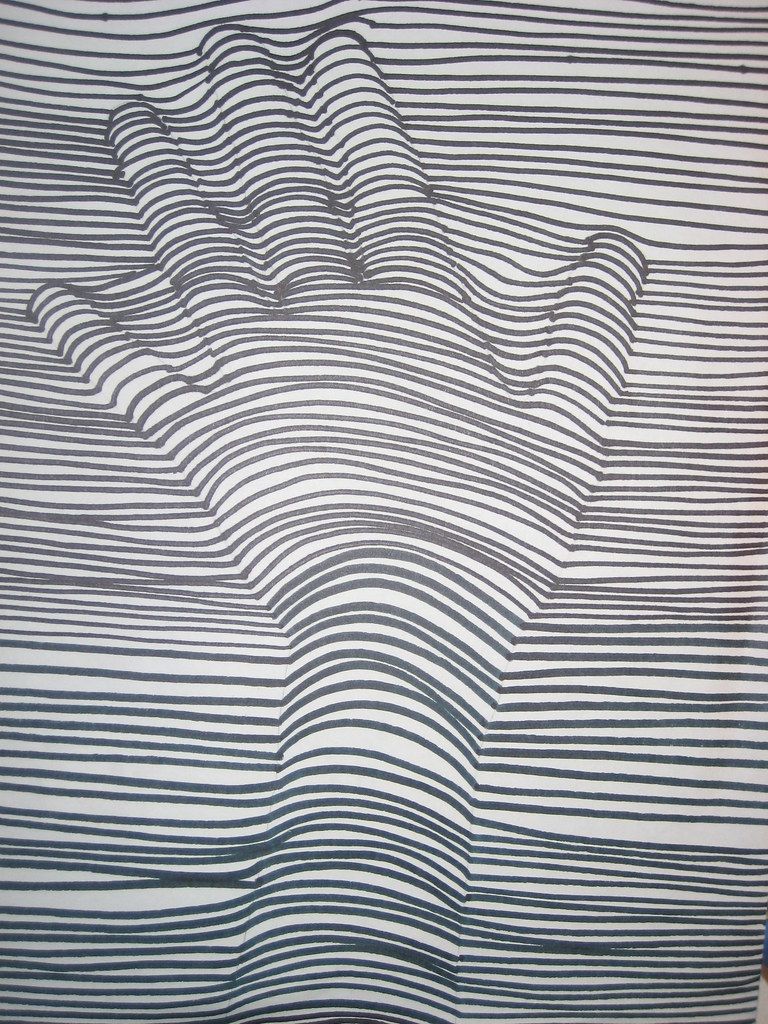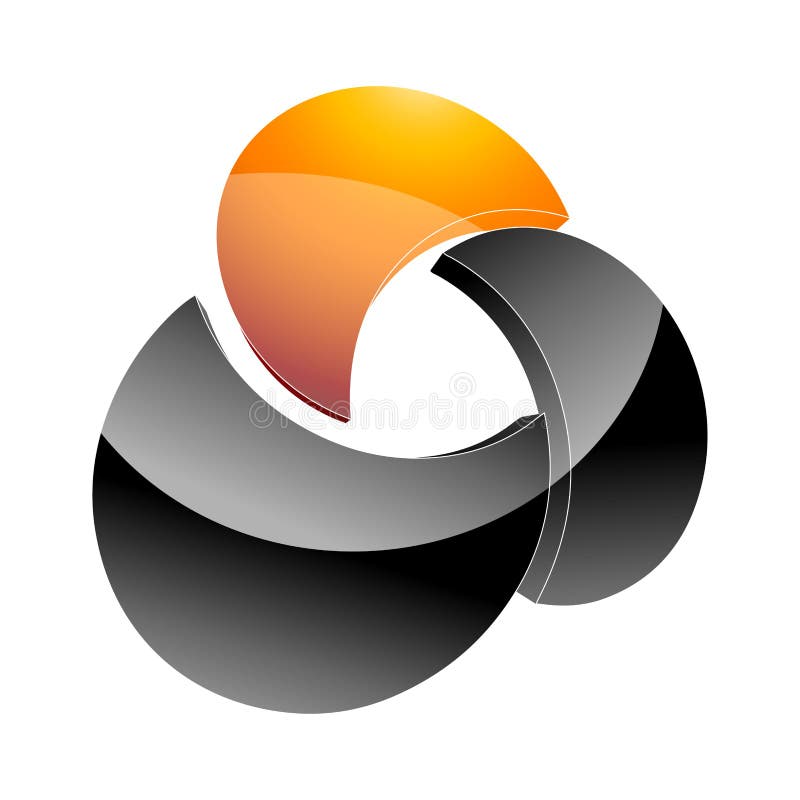Table Of Content
- He Grew This SEO WordPress Plugin to 3,000,000+ Users
- Experiment with Attention-Grabbing Layouts
- Essential Elements and Principles of Design
- Ways to Make Authentication Systems More User-friendly
- Understanding the 7 Elements of Design & How to Use Them
- What does rhythm mean in design?
- Visual Design: The Ultimate Guide

Rather, it is a product of carefully plotted design elements chosen to create a visual representation of the idea and the imagination. If you enforce unity across your creatives, your designs will begin to look dull and need more dynamism. Create refreshing pops in the sea of brand guidelines and color guides. Your brand intends to reach out to the masses, and if you do not have a design that can successfully achieve this, everything is in vain.
He Grew This SEO WordPress Plugin to 3,000,000+ Users
The 10 Essential Elements of Design - MIT Technology Review
The 10 Essential Elements of Design.
Posted: Fri, 29 Apr 2011 07:00:00 GMT [source]
Variety isn’t just the spice of life—it’s the spice of design too. It’s integral not to revert to the same old elements within a design to make sure things are visually interesting for your viewers. People tend to get confused between repetition in patterns, which is understandable, as they both deal with repeated elements. Visual hierarchy is about organizing the value of the elements within your design. By ranking information from most important to least important, you make it easier for the viewer to digest your content. A color contrast, for example, can redirect the attention of a reader to a more important part or message of a presentation.
Experiment with Attention-Grabbing Layouts
They include horizontal, vertical, diagonal, straight line or even curved lines. There are also narrow, implied lines, dotted lines, unbroken lines, invisible lines, or thin lines. Our products feature timeless materials including aluminum, glass and acrylic to complement residential and commercial environments. It’s usually used to divide the content of your design or website, to frame a composition, and well… it does have many options for usage.
Essential Elements and Principles of Design
These various elements can make your piece successful when used right. To do that, you’ll need to practice, experiment, and learn the rules of applying them, known as the principles of design. Like many kinds of art, graphic design has its basic principles and elements. The principles of design are the rules a designer follows to have a composition that’s just right. They help you create artwork that’s not only beautiful and eye-catching but also correct in ways professionals can see and viewers feel.

Ways to Make Authentication Systems More User-friendly
Tracks ad performance and user engagement, helping deliver ads that are most useful to you. Governs the storage of data necessary for maintaining website security, user authentication, and fraud prevention mechanisms. Throughout the course, we’ll supply you with lots of templates and step-by-step guides so you can go right out and use what you learn in your everyday practice. Dominance can be established by using positioning, shape and colour, among many other factors. Red, a colour with high contrast, is used widely in iOS for the “Delete” function.
Rhythm
Designers should aim to understand how each of these design principles actually impact their work. Studying how other designers have implemented these ideas to structure their own designs is also an incredibly valuable tool in learning to create better designs. To create visual interest and hold the viewer’s attention longer, you need variety. Variety is the use of several elements of design to make your art “explorable” and give the viewer a better experience. Design elements are one of the most important aspects of a design. They give your design the structure it needs to enhance user experience.

Understanding the 7 Elements of Design & How to Use Them
Repetition is visually appealing when used to put emphasis on particular elements and can effectively grab the attention of a reader. These principles are guidelines that are used to visually communicate the ideas represented by the elements. Color effectively contributes to the unity of a series of flyers and puts emphasis on the pertinent information that is conveyed by the other visual elements. Some of them contradict each other, while others complement each other. As a designer, remember that there is always an opportunity to do something brilliant and significant by breaking some odd rules here and there.
Balance provides stability and structure in a particular design. Balance in design is similar to the concept of balance in Physics. Principle in this field refers to the ways elements may be manipulated to create a work of art. Texture can be used to accent a particular area of the visual project so that it becomes more dominant than the other elements. Avoid letting your customers to mistake the situation for being redirected to an entirely different brand. This balance between the aspects of creating disruptive variety and a consistent tone is covered in our next point.
Visual Design: The Ultimate Guide
Design principles represent the accumulated wisdom of researchers and practitioners in design and related fields. When you apply them, you can predict how users will likely react to your design. “KISS” (“Keep It Simple Stupid”) is an example of a principle where you design for non-experts and therefore minimize any confusion your users may experience.
Also known as direction, movement uses elements to lead the eyes from one location to another. These are the principles of design to enhance your creative genius. This picture cleverly uses negative space to outline the person's body. Even though there is nothing there, we can make up where his legs and body are based on the elements around him.
For instance, triangles direct the eyes to a specific point and can also represent stability. Every design is made up of basic elements built into a structure that communicates a message. In this course, we’ll dive into the seven elements of design that can help you improve your content creation skills. Space refers to the area between, around, and even inside design elements. Negative space or white space, on the other hand, refers to the area surrounding the element.
Ambient lighting, a relatively new car designer obsession, is how you control the atmosphere of a car, he told us. The F-pattern applies to pages made up mostly of text, like an online or printed article. Readers scan in the shape of an “F”—first, with the headline across the top, then down the left side of the page, and to the right as they identify things they find interesting.
Motion refers to movement and animation that help designers enhance user experience and communicate information about a product or service. In design, texture can be used to create visual interest, add depth, and make designs more realistic and alive. In the physical world, we can touch the subject, e.g., a flower, and feel the texture of its petals — smooth, thin, and veined. In design, we can simulate a tactile feeling with visual patterns, lines, and color — the better the texture is, the easier it is to imagine how it would feel. Overall, the purpose of white space in design is to help create a sense of order and clarity. It also draws attention to the most critical aspects of a design.
It brings together lines, shapes, forms, values, and many of the principles we've already discussed. Proportion refers to the relative size and scale of elements in the design. It's essential for making things look three-dimensional and also adds direction and hierarchy. Rhythm is like a combination of pattern, movement, and repetition. Picasso's work used a lot of rhythm, and other artists with a distinct brand or feel are quite rhythmic. This is where certain elements guide the viewer's eye through a planned sequence of elements.

No comments:
Post a Comment